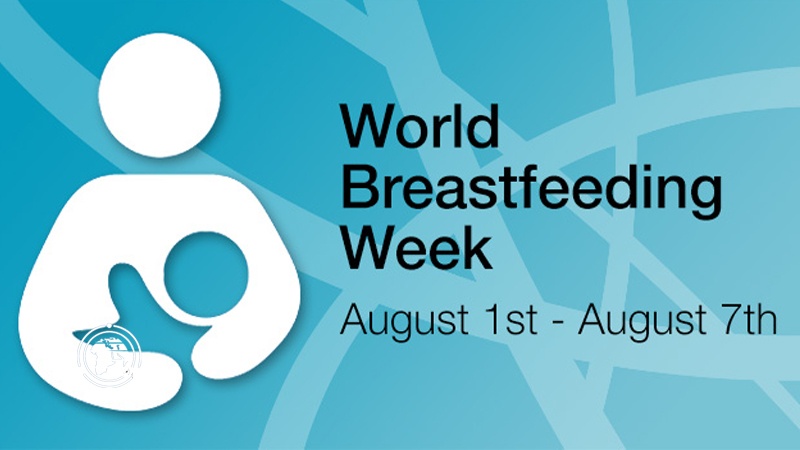Fibroadenomas are the most common cause of a breast lump. They usually develop in patients between the age groups of 15-30 years and can cause distressing symptoms. Patients usually present with a painless lump, which moves around in the breast, which is why it is sometimes referred to as a ‘breast mouse’ as well.
The exact cause of fibroadenomas is unknown but it is hypothesized that it develops due to hormonal fluctuations. Majority of the patients present with a single lump in the breast but approximately 10% patients can present with multiple fibroadenomas (read about the interesting case of a lady with 39 fibroadenomas – https://docrohan.wordpress.com/2014/04/29/39-fibroadenomas-removed-using-just-two-incisions/), in both the breasts.
Clinical features of fibroadenomas
As mentioned previously, patients notice a lump in the breast which is usually painless. Pain can develop in fibroadenomas as they increase in size and this pain can also increase in intensity before the periods. Sometimes fibroadenomas, are detected during screening ultrasounds/ mammograms as well.
Risk of cancer in a fibroadenoma?
Whenever a lady is detected with a breast lump, their first concern is that it can be cancerous. Fortunately, fibroadenomas are non- cancerous (benign lumps) in the breast. The risk of cancerous change in a fibroadenoma is less than 2%. Those patients who have a family history of breast cancer are at a higher risk of developing cancer, which is why family history is one of the indications to surgically remove the fibroadenoma.
How is the diagnosis of fibroadenoma made?
Fibroadenoma is usually a clinical diagnosis (made by taking the history and examining the patient) supported by a breast ultrasound. In patients, where the ultrasound reveals atypical features, a tru-cut biopsy / needle test is recommended before proceeding for surgery
Can fibroadenomas be managed without surgery?
Unfortunately, there is no medicinal treatment available for fibroadenomas. Various drugs have been tried but they fail to resolve fibroadenomas which are above the size of 1.5 cm.
Do all fibroadenomas require surgery?
As mentioned previously, fibroadenomas are non cancerous breast lumps and all patients with these lesions don’t require surgical management. The indications for surgery in a patient with fibroadenoma are:
1. Family history of breast/ ovarian cancer
2. Lumps more than 4-5 cm in size
3. Fibroadenomas associated with pain
4. Fibroadenomas which are increasing in size
5. Fibroadenomas which are causing cosmetic problems for the patient
Patients with small (sub-centimentric) fibroadenomas do not require surgical intervention and they can be followed up by doing serial ultrasounds every 6 months. If on the repeat ultrasounds, there is increase in size noticed, then the patient can consider surgical removal.
There are two surgical options for fibroadenomas. The traditional surgery involves making a small cut over the breast (at a site where the scar can be concealed), most commonly, over the outer border of the nipple (as it gives the best cosmetic result). After making the incision, the lump is removed and the incision is closed using absorbable subcuticular sutures (so that there are no needle marks on the surface of the skin).
The other option which is gaining a lot of popularity is VABB (vacuum assisted breast surgery) or scar-less breast surgery. In this technique, the fibroadenoma is removed using a special machine and with just a 2mm incision which does not need to be stitched. The advantages of VABB over traditional surgery are:
- Scar-less procedure – 2 mm incision
- Multiple fibroadenomas (at different places in the breast) can be removed using a single incision
- Faster recovery


VABB is done using a special machine and under ultrasound guidance, which ensures that the entire lump is removed during surgery.
Fibroadenoma surgery (whether open or VABB) can be done as a day care procedure, where the patient gets discharged on the same day of the surgery. There is minimal pain in the post-operative period, although VABB can sometimes be associated with bruising which settles over a few days. Cold compresses & a sports bra can further reduce the pain and bruising after surgery.
Can fibroadenomas recur in the other breast after surgery?
As mentioned previously, 8-10% ladies have a tendency to form multiple fibroadenomas. These ladies can develop fibroadenomas in the future, at different places in the same breast or in the other breast. This can be monitored by doing regular scans after surgery.
If you have any further questions regarding fibroadenomas, please feel free to contact Dr. Rohan Khandelwal.
Information provided by Dr. Rohan Khandelwal
Lead Consultant & HOD, The Breast Centre
CK Birla Hospital, Gurgaon
rohankhandelwal@gmail.com
Online consultation – +91-7988252759








